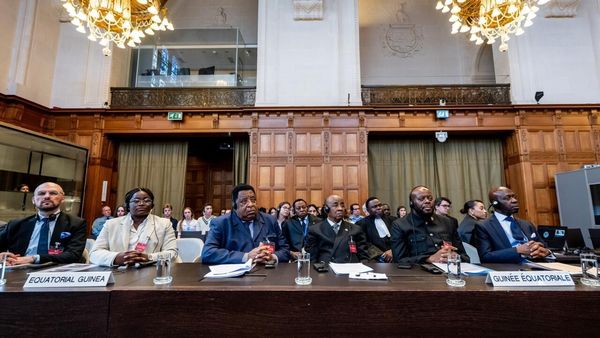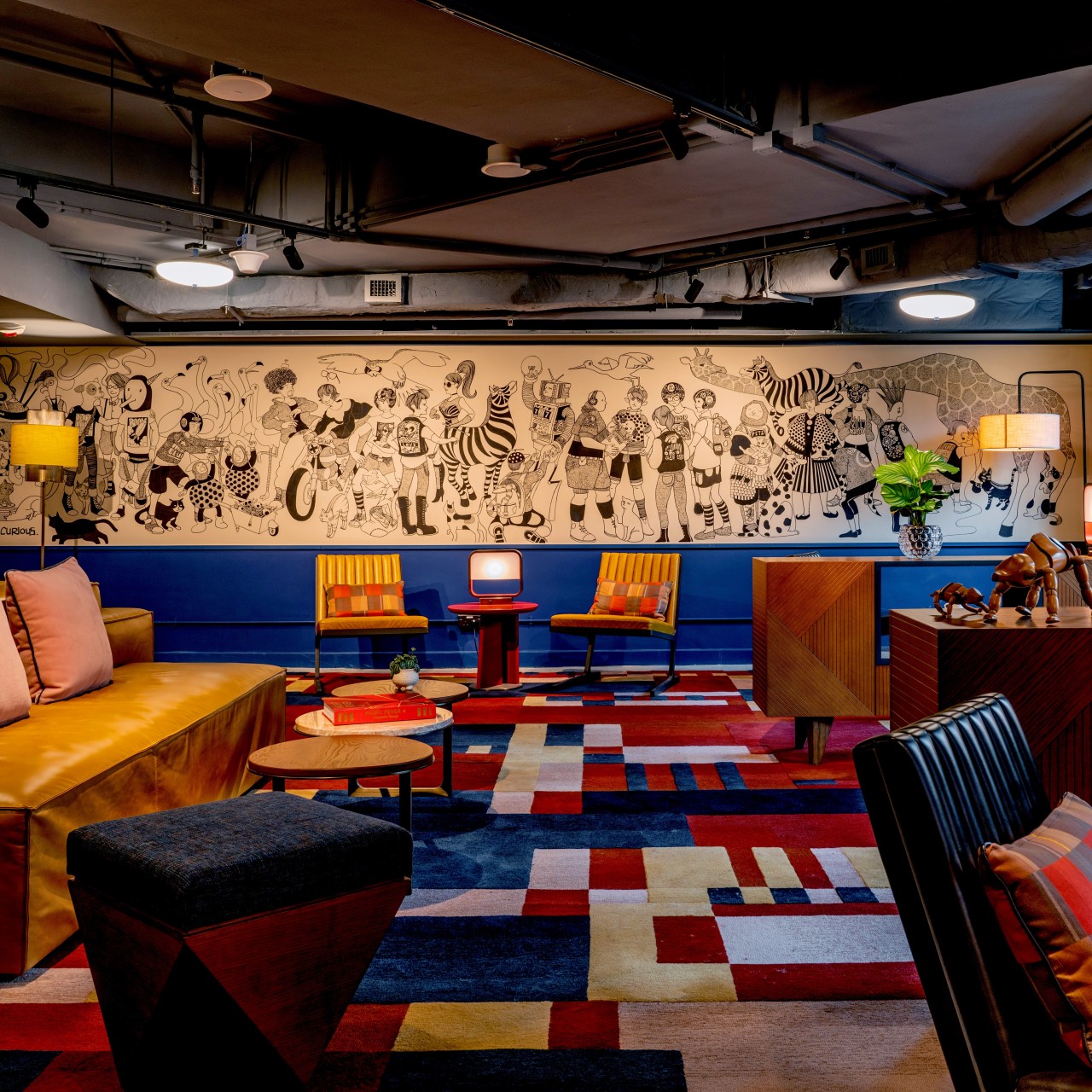
When Katherine Lo Bo-lun took over the 29-year-old Eaton Hotel from her hotelier father, her goal was to turn the property into something unlike any other hotel in Hong Kong.
“I wanted to reimagine the hotel as a place of art and social change,” she says of the property in Jordan, a busy neighbourhood on Kowloon Peninsula.
The revamped property, unveiled in November 2018 and rebranded Eaton HK, maintains vestiges of its past as a business hotel. The 465 rooms are small – about 17 square metres, except for a couple of suites – and the exterior has the same red bricks and blue glass as when it was built in 1990.
Step inside the three-storey atrium, though, and it quickly becomes apparent just how significant the changes have been. Gone is the marble and gloss, replaced by an interior that is cinematic in its lively colours and moody lighting. There is now an internet radio station, screening room, music venue and art gallery, along with a co-working space that hosts public events such as LGBT ’zine fairs.
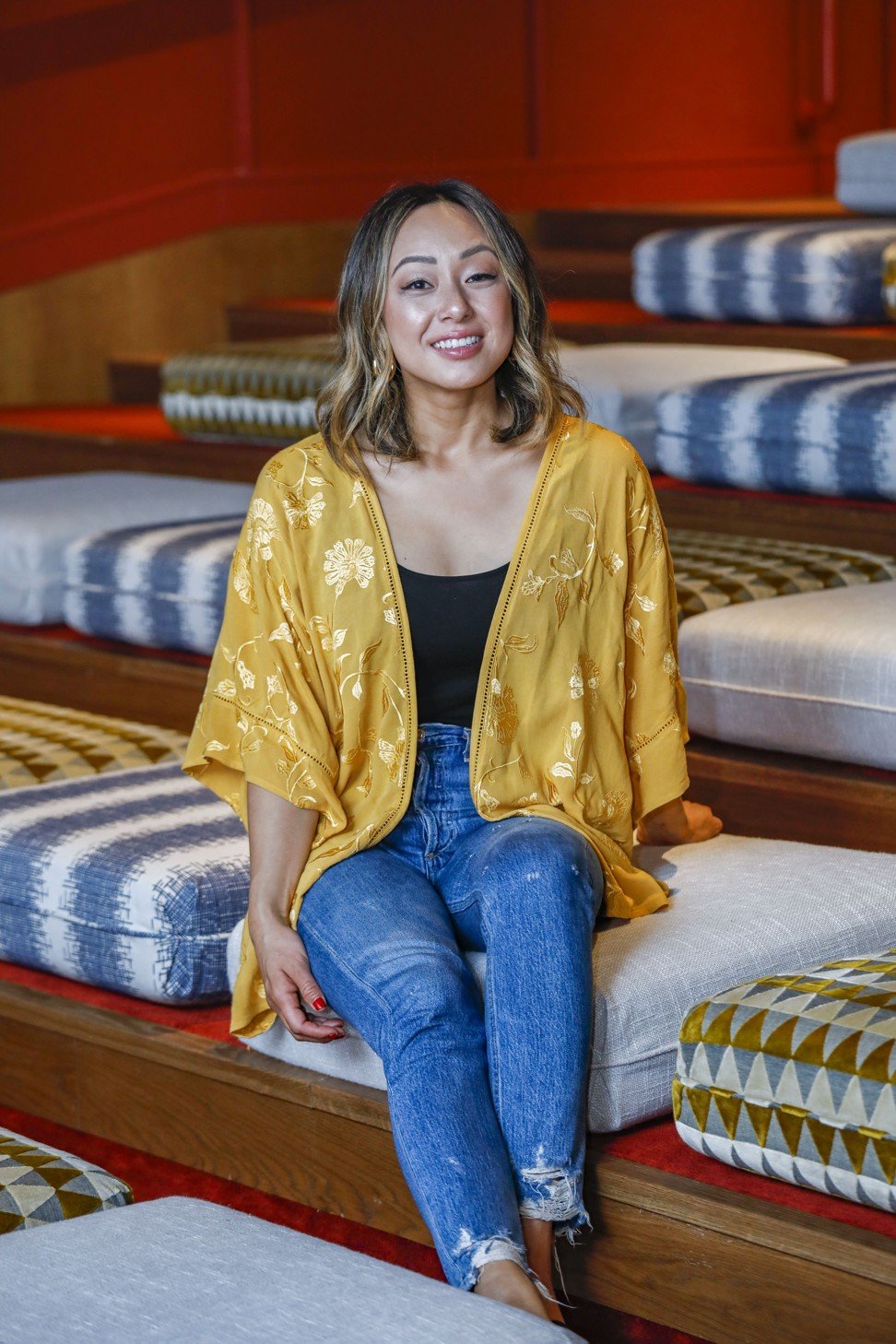
A stylish bar sprawls over the fourth-floor terrace. In the basement, a food hall seems even more popular with locals than with hotel guests; it opens onto a previously neglected sunken plaza that sits below the junction of Nathan and Gascoigne roads.
“It’s really taken on a life of its own,” says Lo.
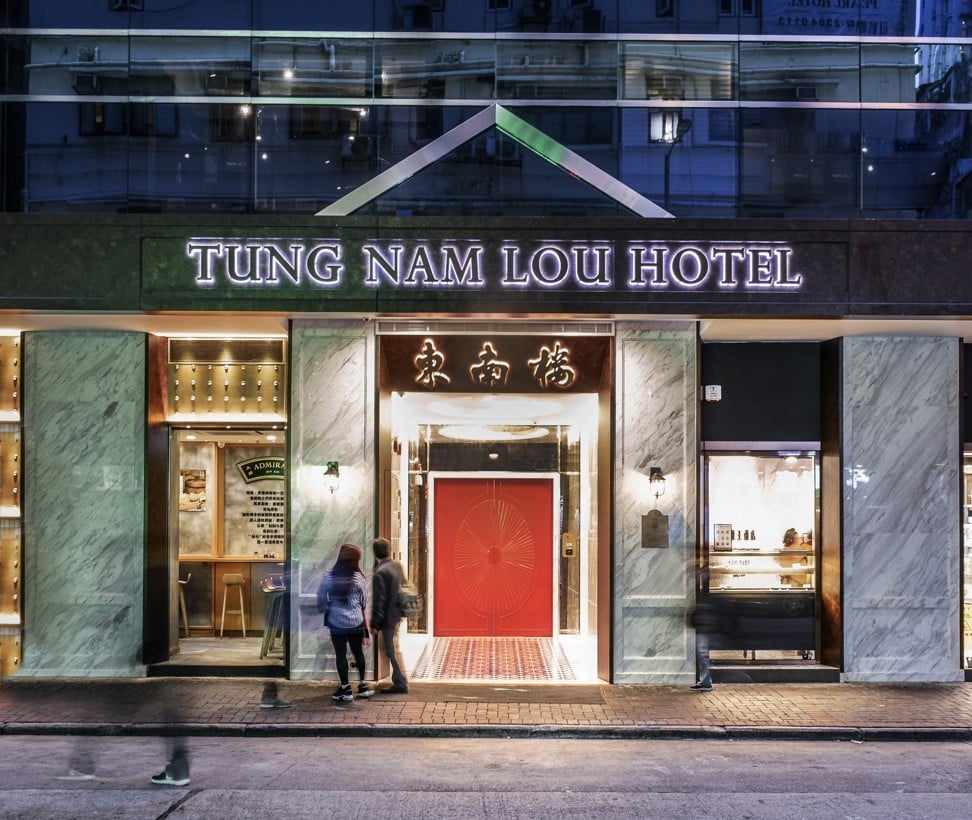
So has Hong Kong’s hotel industry. Buoyed by sky-high occupancy rates of 92 per cent, according to March data from economic analysis firm CEIC, more than a dozen new properties have opened over the past year, from luxury landmarks including The Murray and Rosewood Hong Kong to more budget offerings.
Among them, a handful stand out for their design – and in particular, the sometimes unorthodox approach they take to their common areas.
In Yau Ma Tei, not far from Eaton HK, Tung Nam Lou Hotel combines 52 guest rooms with a co-working space, artist studios, a top-floor tea room and a rotating collection of works by local artists that are spread throughout the hotel, even in spaces such as lift lobbies and stairwells. Named after a Cantonese restaurant that once stood on the same site, the hotel is owned by art collector Lo Chi-ching (not related to Katherine Lo).
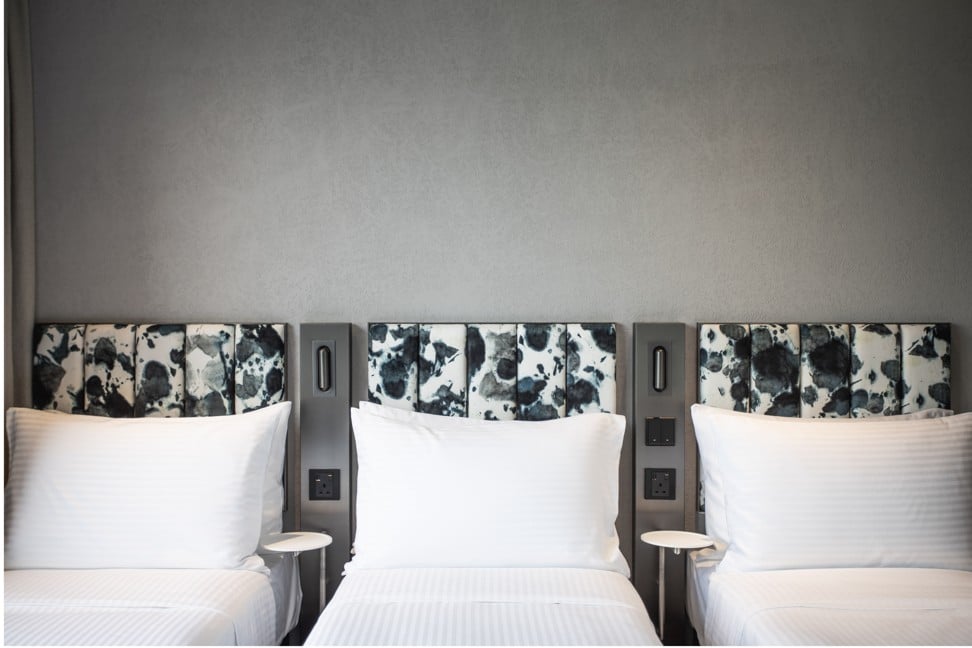
In the case of Page148, a 197-room hotel owned by Butterfly Group that opened on Austin Road, in Tsim Sha Tsui – in January, a speciality coffee shop serves as the focal point for the entire hotel.
“We have our own roastery called Ideaology” says Philip Chan Ji-keung, the hotel’s business development manager, speaking over a cup of single-origin coffee in Page Common, the hotel cafe.
Most of the customers in the cafe appear to be neighbourhood residents. “It’s a hotel but it’s also a space for locals,” he says.
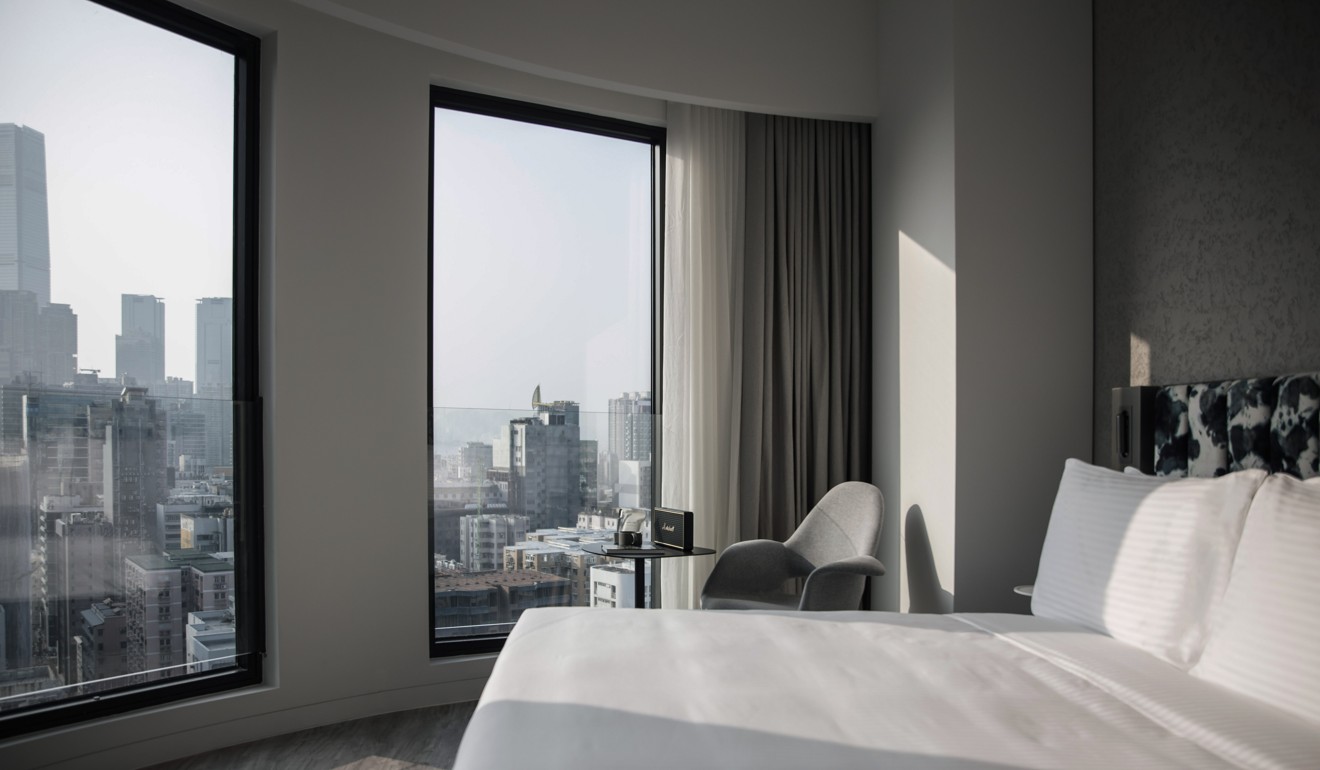
Chan worked with Spectra Partnership designer Elaine Fok Yum-ling, who led interior designers KplusK Associates and architects P&T Group to create a pared-down base for urban exploration.
“We target people who want to explore the neighbourhood,” says Fok. When guests arrive, they are greeted by staff who serve them coffee while they complete a mobile check-in. The idea is to have something quite urban, something in between an Airbnb and a luxury hotel. When you enter, we wanted it to feel quite homey.”
To create a space that felt stylishly upmarket without being stand-offish, the design team chose a mix of earthy materials such as copper, wood, stone and black stained matt aluminium – an approach embodied by the large copper trimmed wood tables in the centre of Page Common. “What KplusK does quite well is the interface between those different materials,” says Chan.
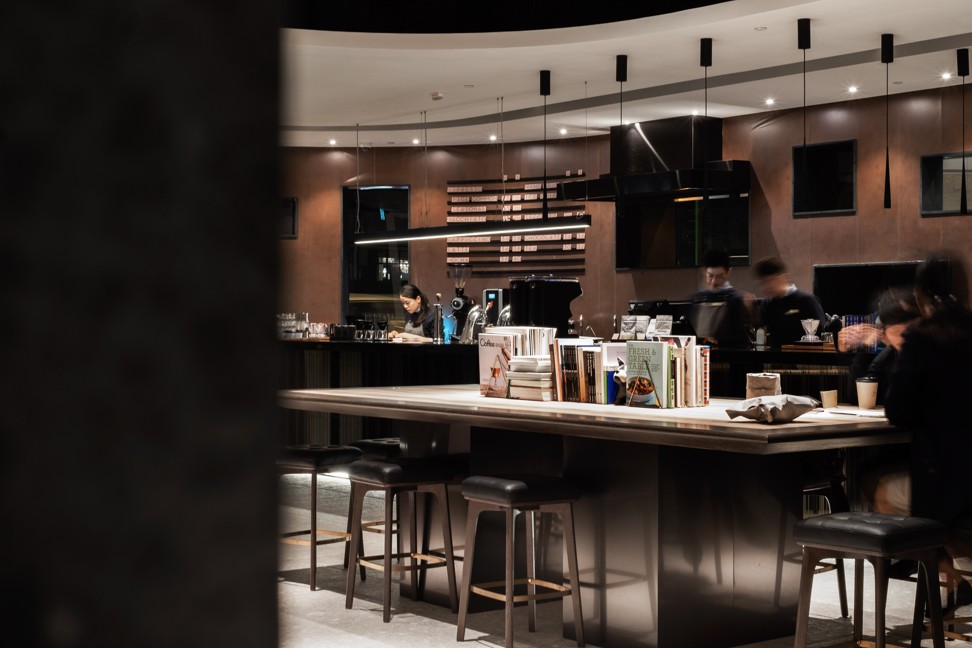
The same philosophy extends to the grey guest rooms, where wood accents play off granite tiled walls to avoid distracting from large floor-to-ceiling windows with a view over the Kowloon Cricket Club and Gun Club Hill military barracks.
In the dark-hued hallways, spotlights shine down on laser-cut room numbers, creating intriguing shadows on the wall underneath.
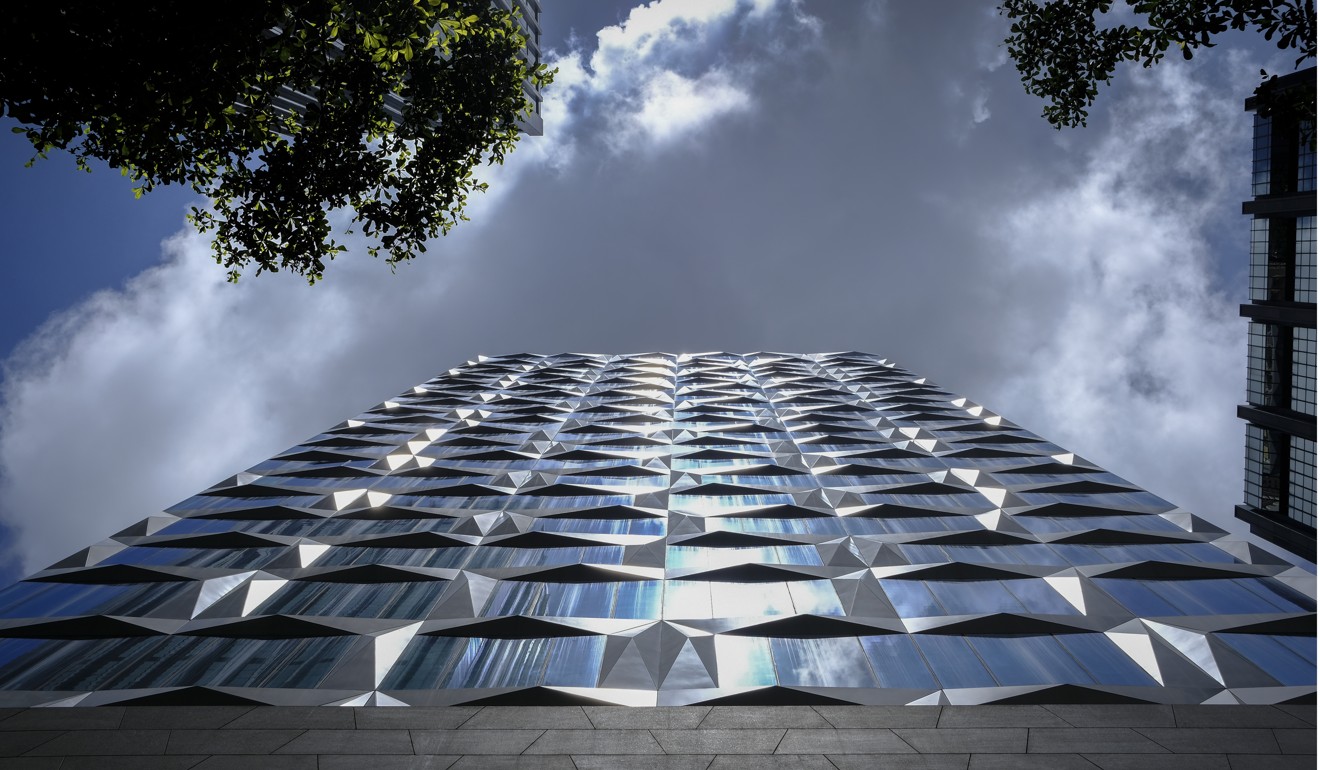
Across the harbour on Hong Kong Island, the city’s newest hotel, the St. Regis – which opened in mid-April – shares a similar quest for intimacy. Although the St. Regis brand is historically associated with Gilded Age extravagance, the Hong Kong property next to the China Resources headquarters in Wan Chai district, has just 129 rooms and a focus on understated luxury.
André Fu’s studio AFSO, known for previous work on the Upper House, the Andaz Singapore and the Waldorf Astoria Bangkok, was responsible for all of the interiors.
“We started the project with the dining venues, but were later invited to create a holistic vision for the entire project,” says Fu. “I always believe in a full curation of an experience, in many ways similar to how a film is conceived from the start all the way to its finale, with accents and emotionally charged moments.”
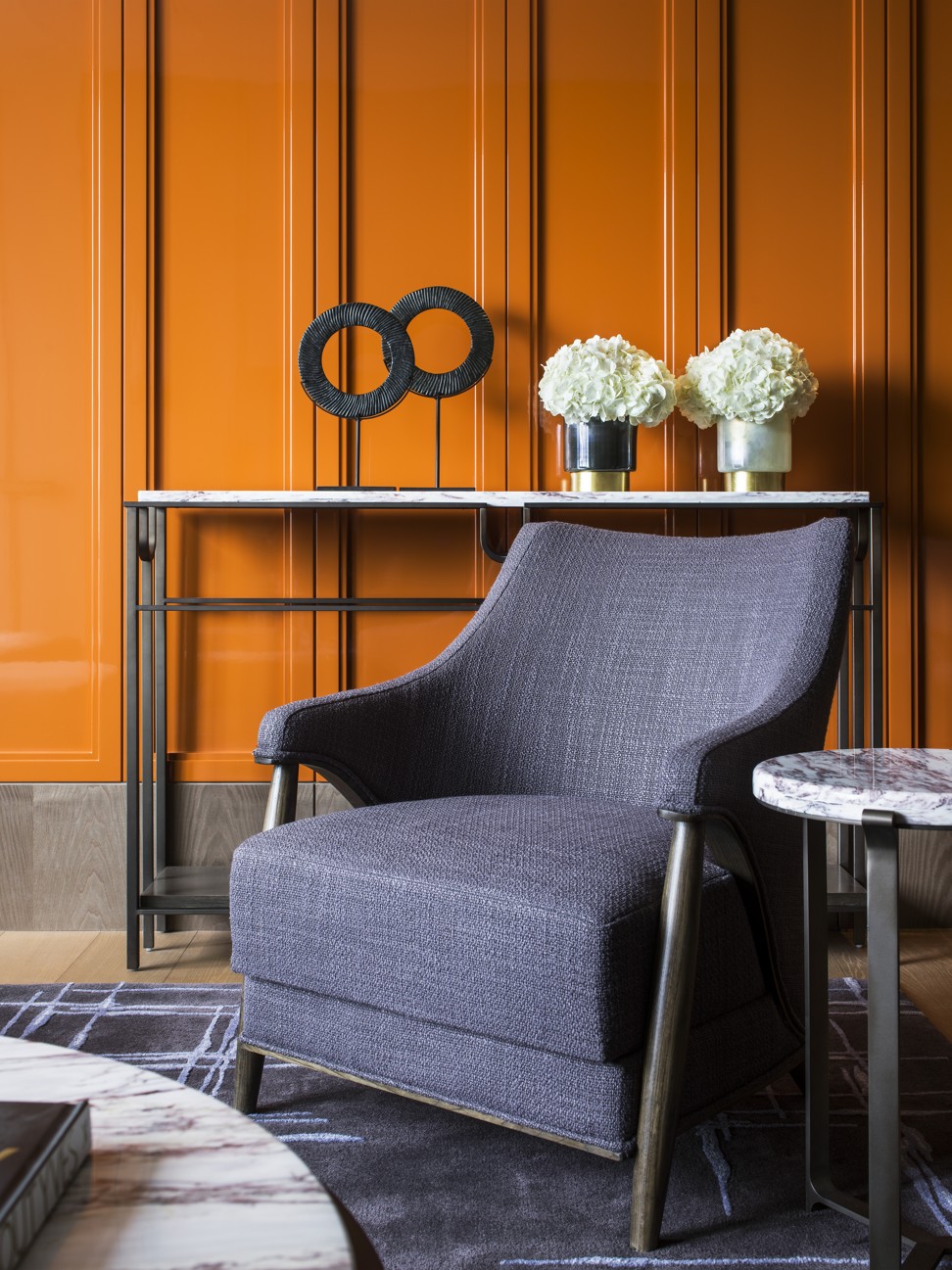
From guest rooms to the hotel’s four food and beverage outlets, Fu set out to create spaces that recalled the original St. Regis in New York, while also referencing the design language of Hong Kong.
“I wanted to go deeper than the stereotypical concept of lanterns, junks and temples, and tap into my own memories of the city,” he says.
In terms of materials, that meant using solid grey marble and bronze throughout the hotel to create what Fu calls a “New York Gotham” aesthetic, on which he layered sage greens, emerald and burnt orange in high-gloss lacquer to evoke Hong Kong. He also turned to Wan Chai to create a number of motifs that run throughout the property.
Many corners throughout the hotel, from guest room wardrobes to restaurant cabinets, feature an indented edge that Fu borrowed from the columns in the former Wan Chai police station, a 1930s-era structure across the street from the hotel. Many light fixtures were inspired by the historic gas lamps in Duddell Street that date to the 19th century.
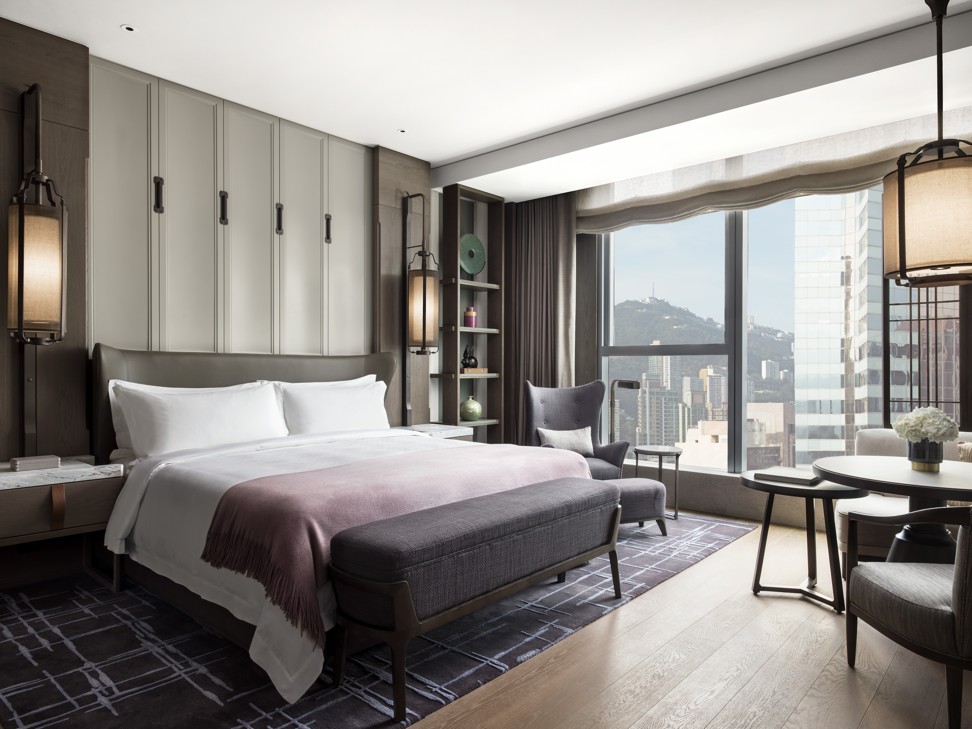
And guest room headboards, along with a number of other wall panels throughout the hotel, are designed to evoke the wood shutters found on the handful of pre-war shophouses that still exist in Wan Chai.
It was Hong Kong’s post-war aesthetic that informed Eaton HK’s makeover, which was led by designer Phillip Pond, who at the time of its renovation was chief creative officer at AvroKO. (He has since set out on his own.)
Pond describes the design as “pure Kowloon vernacular in spirit”, with colours and materials drawn from the patchwork design of neighbourhood cha chaan teng (casual restaurants) and tong lau tenements.
We didn’t want a sterile, faceless hotel. We want it to be a place where you can stay for a long time and feel comfortable – Katherine Lo, Eaton Hotel
The vernacular has been translated into decorative metal screens, terrazzo floors and riotously coloured mosaic tiles. Throughout the hotel, a palette of contrasting warm and cool colours brings to mind the neon glow that once bathed many of Hong Kong’s streets. A huge chandelier hangs in the atrium, which was once a glossy marble ballroom. Its form is inspired by bamboo scaffolding, right down to joints that appear to be tied together by string.
In the hotel’s basement, Michelin-starred Cantonese restaurant Yat Tung Heen was given a makeover in the style of local film director Wong Kar-wai’s landmark film In the Mood for Love, with dark-stained, wood-panelled walls, sultry brass light fixtures and sliding French doors with frosted, stained and embossed glass.
Katherine Lo has fond memories of eating at the Eaton with her family when she was growing up. She wanted the hotel to maintain that comfortable feeling even after the renovations.
“We wanted to fit into the ’hood and create a dialogue with it, but also to be contemporary,” she says. “We didn’t want a sterile, faceless hotel. We want it to be a place where you can stay for a long time and feel comfortable.”


